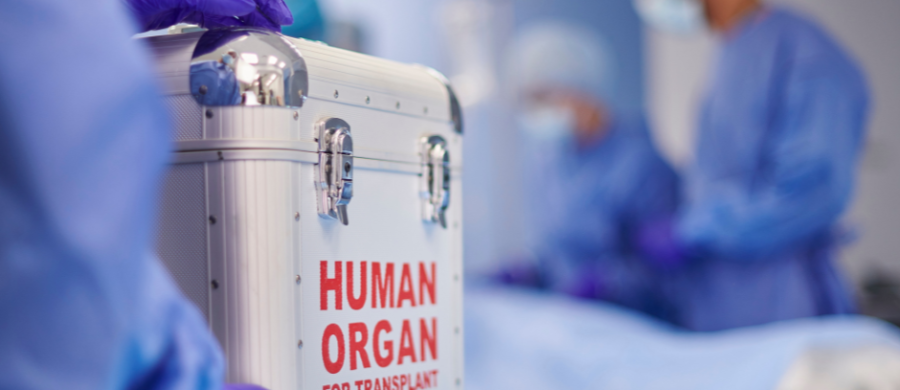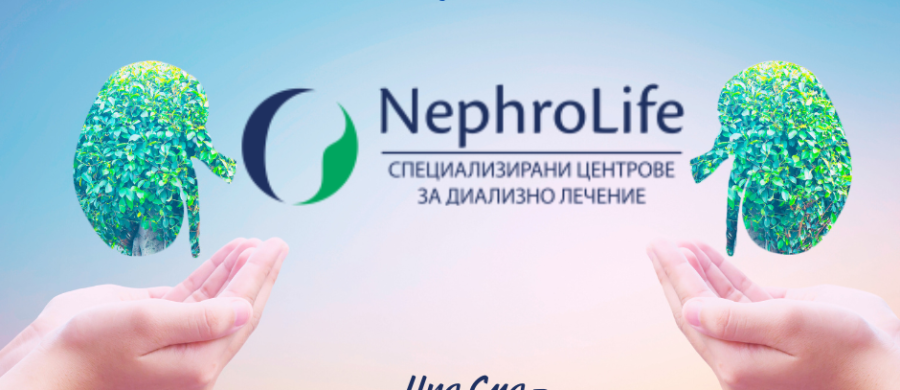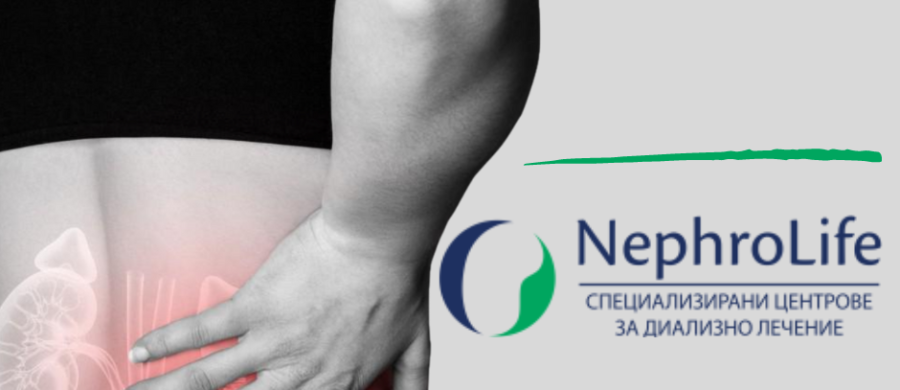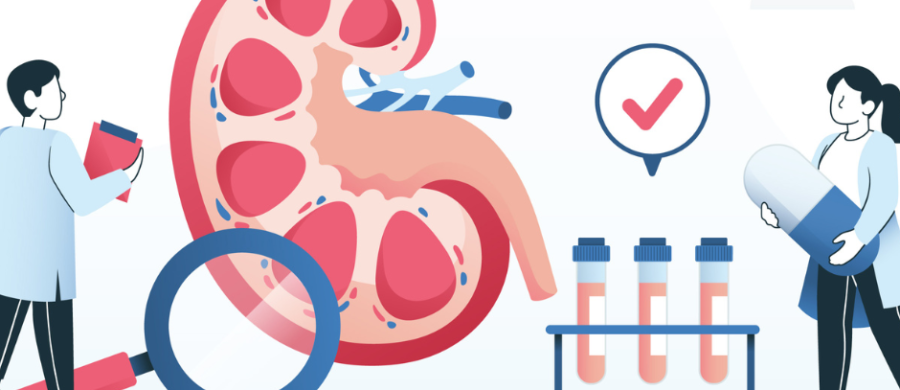Alport syndrome is an inherited renal condition that damages kidney tissue and glomeruli and leads to kidney failure.
Its name comes from the scientist Arthur Cecil Allport, who at the beginning of the last century first described what was shown, defining it as “hereditary, familial, congenital hemorrhagic nephritis”.
What is the cause of Alport syndrome?
The disease is genetic, which also explains the heredity in patients.
At a certain stage of the development of the embryos, a gene mutation occurs, which leads to changes in the kidney membranes (glomeruli, Bowman’s capsule) and, accordingly, the manifestation of what is shown at a later stage.
There are 3 types of inheritance according to the type of mutation:
1. The X-linked mutation. It is also the most common manifestation of the mutation in which Alport syndrome occurs.
In this case, the disease is transmitted from the mother to the son, but not from the father to the son, since the defect occurs on the X chromosome.
2. Autosomal recessive form It is observed at approx. 15% of cases of patients with Alport syndrome
3. Autosomal dominant form A relatively small number of patients with Alport syndrome have this mutation – only approx. 5%.
These patients manifest the symptoms shown significantly later and better.
How do we know?
Clinical picture: The first symptoms (especially with the Encounter mutation) appear in early childhood, approx. 3 years of age, but there are cases of even earlier manifestation of the syndrome – in infancy from several months to a year).
They include:
– hematuria (blood in the urine) that occurs spontaneously and has no other cause
– proteinuria (loss of protein through the kidneys, excreted in the urine)
– increased serum creatinine and arterial pressure – the increase in these parameters occurs in a slightly later stage of the disease.
– deafness – manifested in early childhood, parallel to the first manifestation of the symptom, often leads to mental retardation and is irreversible, due to damage to the auditory nerve.
– eye changes in the cornea and lens of approx The diagnosis is made by biopsy methods
– kidney, skin biopsy, as well as a genetic test to prove the format and type of Alport syndrome.
Treatment: Unfortunately, there is no cure.
Possible approaches aim to maximize the progress of the disease, as well as kidney transplantation, a stage for hemodialysis has been reached. The good news is that transplant patient syndrome can’t happen again to Alport.


















